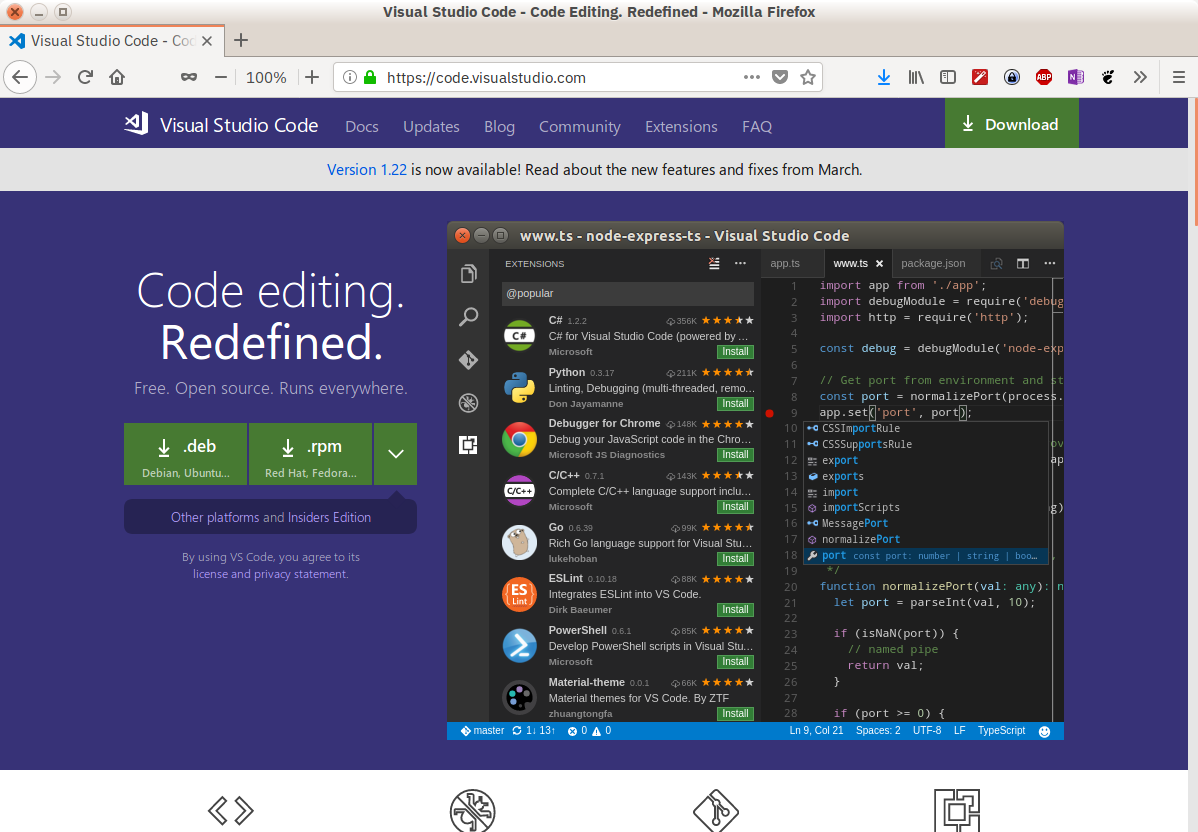


If you are unfamiliar with Miniconda and Anaconda, they are distributions of Python that also include the conda package and environment manager, and a number of other useful packages. If you have previously installed the Anaconda or Miniconda distribution feel free to skip to Section 2.2.2. Miniconda is a lightweight version of the popular Anaconda distribution. We recommend installing the latest version of Python via the Miniconda distribution by following the instructions in the Miniconda documentation. The Docker approach is recommended for anyone that runs into issues installing or using any of the software below on their specific operating system, or anyone who would simply prefer to use Docker - if that’s you, skip to Section 2.3 for now, and we’ll describe the Docker setup later in Section 2.6. However, we also support an alternative setup with Docker that has everything you need already installed to get started. Section 2.2.1 and Section 2.2.2 describe how to install the software you’ll need to develop a Python package and follow along with the text and examples in this book. We’ll assume Mac and Linux users are using the “Terminal” and Windows users are using the “Anaconda Prompt” (which we’ll install in the next section) as a CLI. We’ll be using a CLI for various tasks throughout this book. The command-line interface #Ī command-line interface (CLI) is a text-based interface used to interact with your computer. It provides options for Ubuntu as shown in Fig 1.If you intend to follow along with the code presented in this book, we recommend you follow these setup instructions so that you will run into fewer technical issues. We can download Visual Studio from the official download page. You might also be interested in Python Cheatsheet to learn or brush up the basics of Python. You may also be interested in How To Install Python 3.7 On Ubuntu 18.04 LTS. It assumes that Python is already installed on the system. This tutorial provides all the steps required to install VSCode on Ubuntu 18.04 LTS, though the steps should be similar for other Linux systems. It provides several features for Python development including IntelliSense, Syntax Highlighting, Bracket Matching, Snippets, Linting, etc. In this tutorial, we will discuss how to install and prepare Visual Studio Code or VSCode for Python development on the popular Linux distribution i.e. It also supports plugin development and there are several community-driven plugins available for it. It provides support for several programming languages. Visual Studio Code or VSCode is a cross-platform, lightweight editor and became popular in a very short span.


 0 kommentar(er)
0 kommentar(er)
